Can a Lithium-Polymer battery be charged by a Li-ion charger?
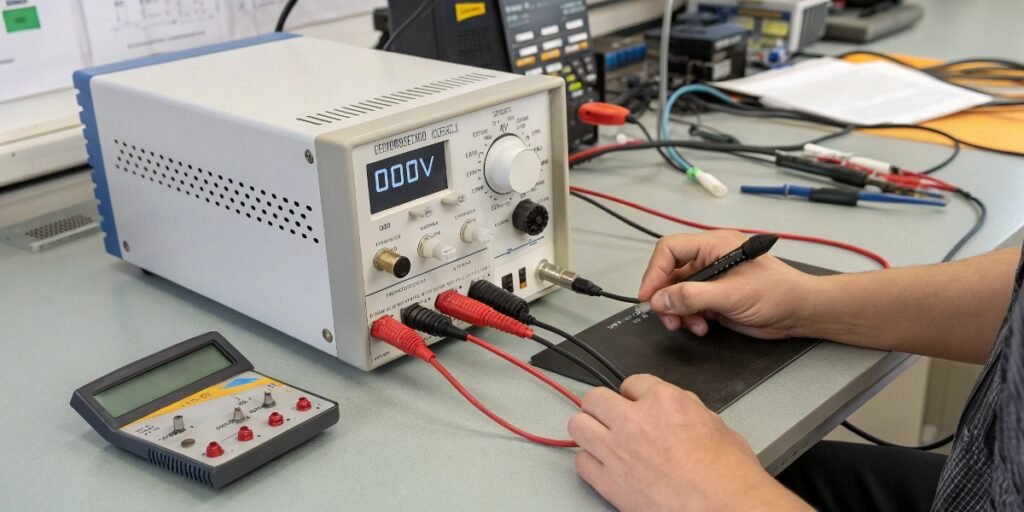
You have a LiPo-powered device but only a standard Li-ion charger. They seem so similar, so it should be fine, right? Using the wrong charger, however, could lead to battery damage or disaster. Yes, a Li-ion charger can charge a LiPo battery because they share the same CC-CV charging principle and voltage range. However, you […]
Is it safe to charge a Li-ion battery with a LiPO power bank?
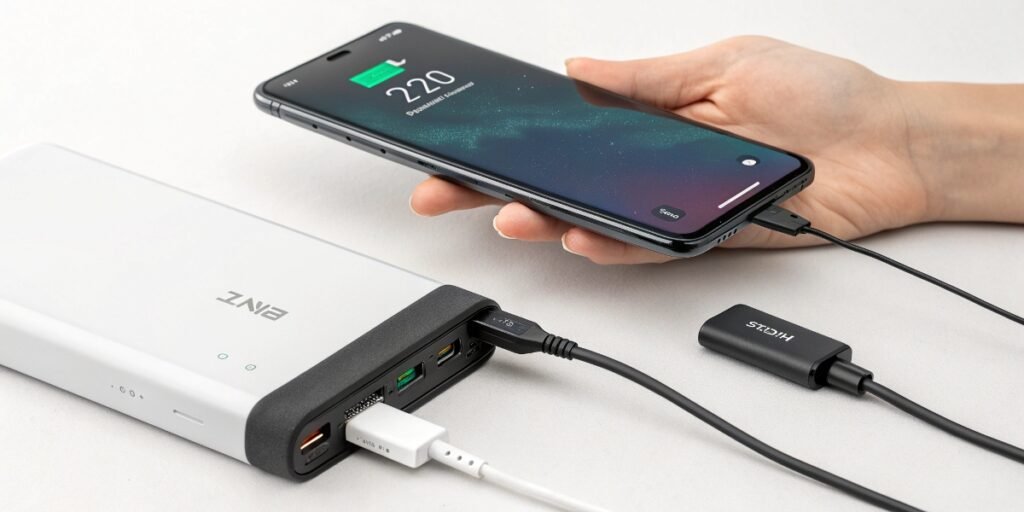
Confused by battery labels? You worry that charging a "Li-ion" device with a "LiPo" power bank could cause a dangerous mismatch, potentially damaging your product or even starting a fire. Yes, it is perfectly safe. A quality power bank outputs a standard, regulated voltage (like 5V USB). The device being charged uses its own internal […]
How to build my own LiPo charging circuit?
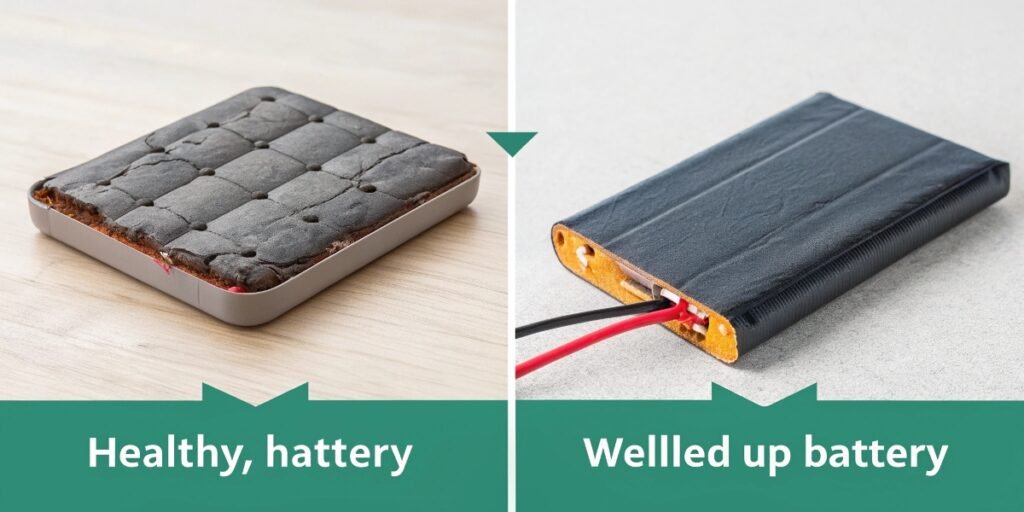
Thinking of building your own LiPo charger? It seems like a great hands-on project, but one small mistake in your design can lead to fire and complete product failure. Building a LiPo charger requires a Constant Current-Constant Voltage (CC-CV) circuit. This involves a voltage regulator, current limiter, and a critical safety protection circuit1 (BMS/PCM) to […]
Is it safe to fast charge a LiPo battery?
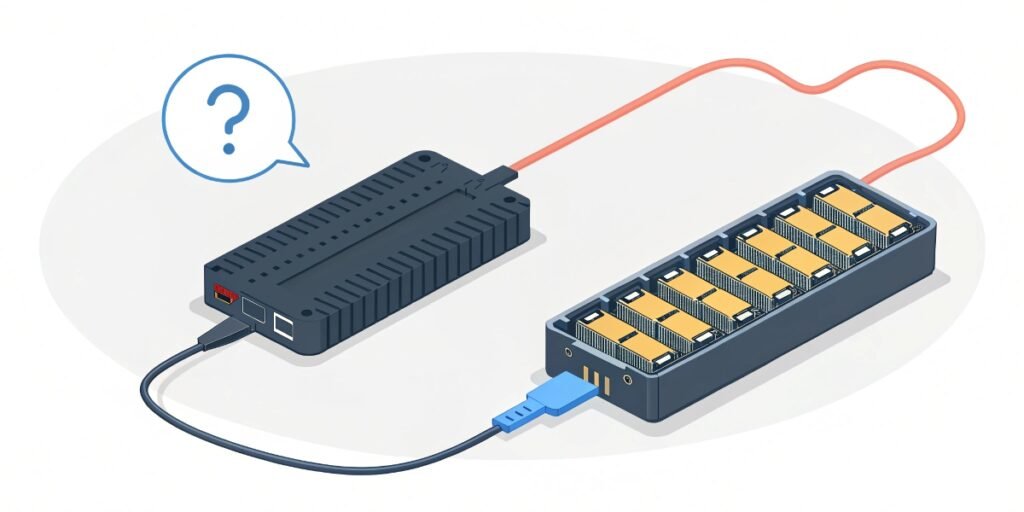
You need your device charged now, not in a few hours. But you are also worried about those stories of LiPo batteries catching fire. Is saving time worth the potential risk? Fast charging a LiPo battery1 is only safe if the battery itself is specifically designed for high-current charging. Otherwise, it greatly increases the risk […]
Why are lithium polymer batteries dangerous?
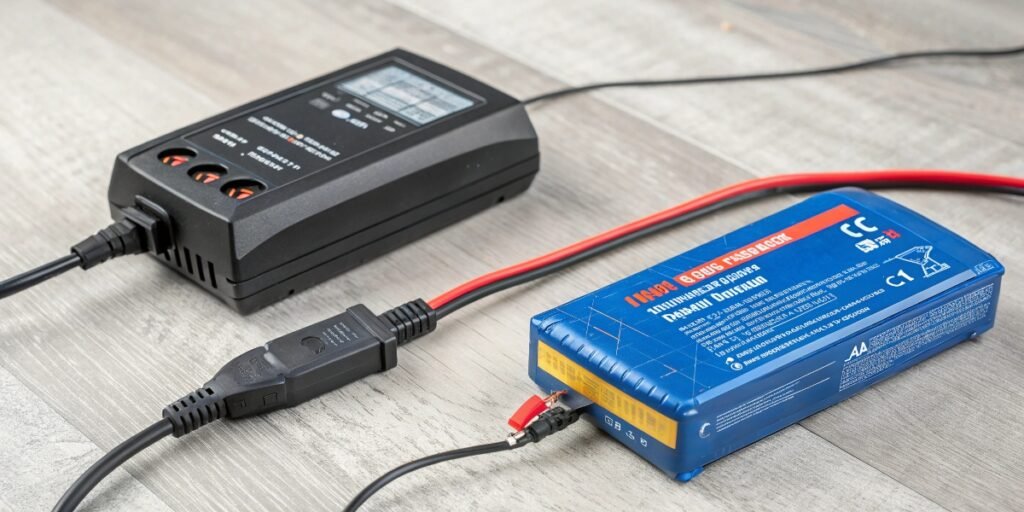
You hear alarming stories about battery fires. Many devices you use daily power up with lithium polymer batteries, making you wonder: are they truly safe? This causes real concern. Lithium polymer (LiPo) batteries are considered dangerous not because they are inherently unsafe, but due to their high energy density and vulnerability to misuse. Improper charging, […]
Wearable Battery Is Used In Children’s Smart Shoes?

You worry about your child’s safety, but they’re too young for a phone. Existing trackers are easily lost or forgotten, leaving you with the same anxiety you started with. Yes, children’s smart shoes use highly specialized wearable batteries. These are typically thin, custom-shaped Lithium Polymer (LiPo) batteries1 designed to be safe, durable, and lightweight, powering […]
When will we get to the next big battery breakthrough?

You constantly hear about battery revolutions that promise to change everything. But the hype makes planning your product roadmap impossible. This uncertainty puts your projects and supply chain at risk. A truly disruptive, mass-market battery breakthrough like solid-state is likely 7 to 10 years away. However, the next significant commercial turning point will happen between […]
Why are LiFePo4 batteries popular?

You need a battery that’s safe, long-lasting, and cost-effective. Choosing the wrong chemistry creates massive risk for your product and reputation. LiFePO4 technology is rapidly becoming the go-to solution. LiFePO4 batteries1 are popular due to their superior safety, exceptionally long cycle life (3000-6000 cycles), and lower cost. Their thermal stability and cobalt-free chemistry make them […]
How long does it take for a smartwatch to charge?
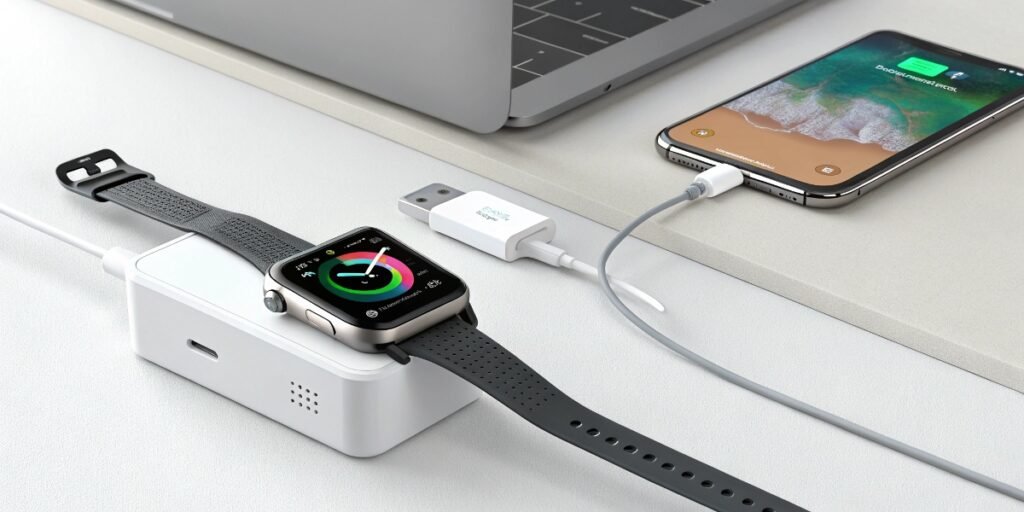
Worried your smartwatch’s charging speed is a deal-breaker for users? Slow charging can lead to frustration and returns. Here’s what determines the time it takes. Most modern smartwatches take about 1 to 2.5 hours to charge from empty to full. Newer models with fast charging1 can reach 80% in about 30-45 minutes. The exact time […]
What are the methods of testing 21700 size Li ion cells?

You’ve sourced 21700 cells for your new product, but how can you be sure they perform as promised? Poor cell quality can lead to product failure, recalls, and a damaged reputation. Testing 21700 Li-ion cells1 involves a multi-stage process, including basic performance tests (capacity, internal resistance), comprehensive safety tests (overcharge, short circuit), cycle life analysis, […]

